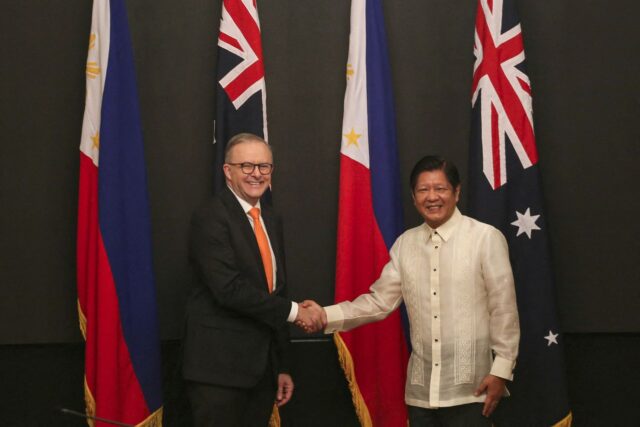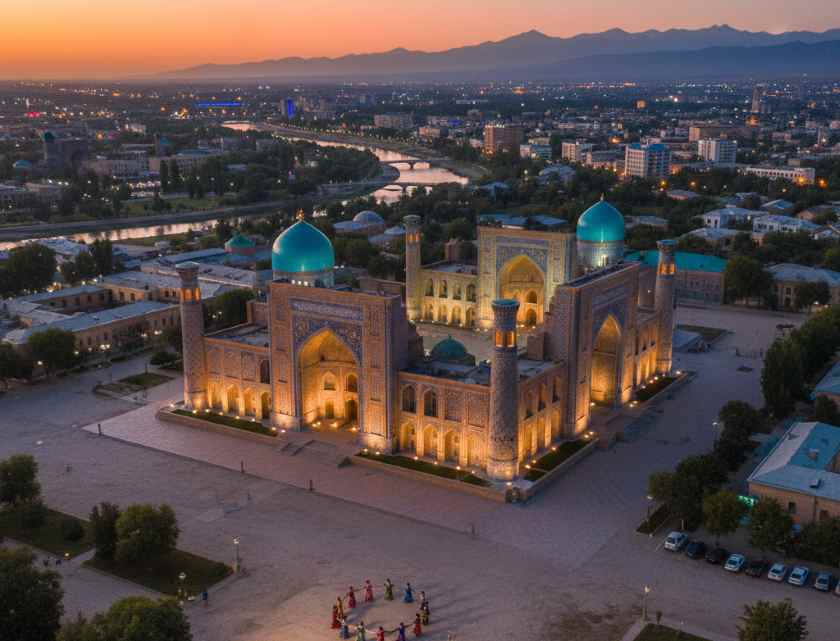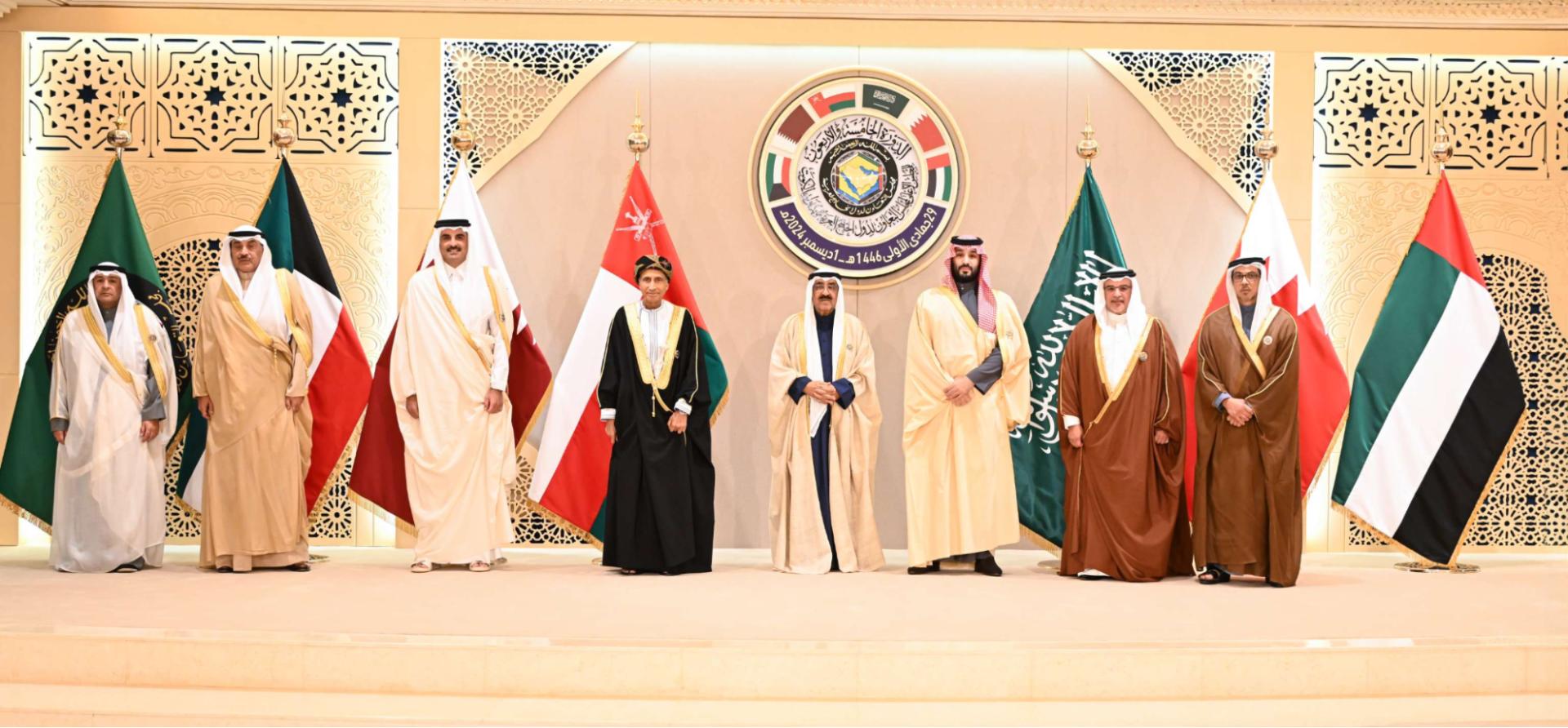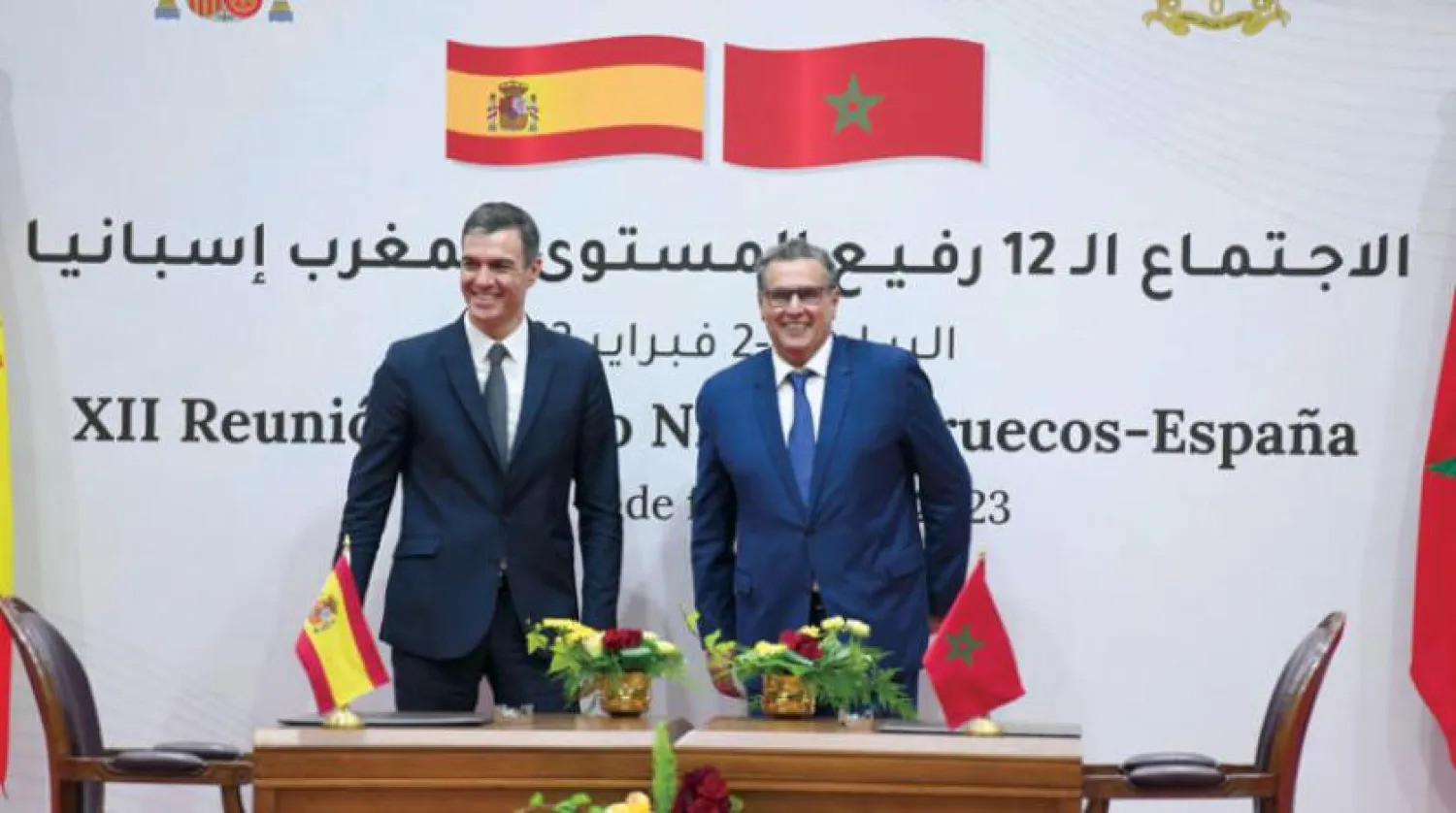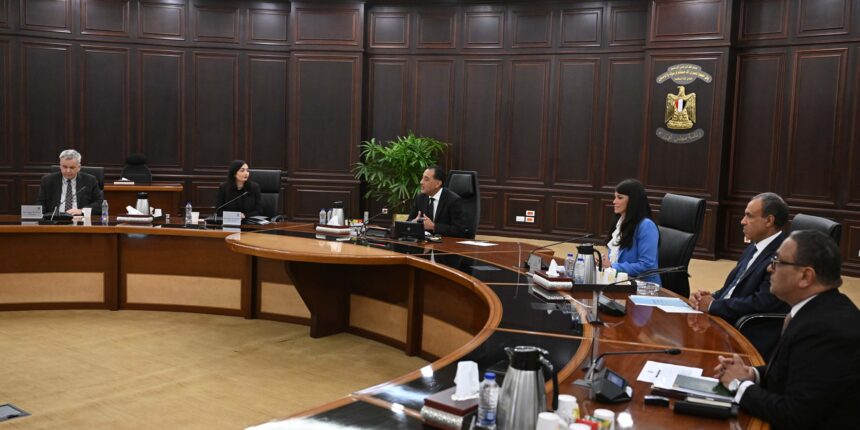Canberra and Manila are preparing to formalise a significant new defence arrangement, marking another step in the Philippines’ expanding network of security partnerships across the Indo-Pacific. Only a few years ago, the prospect of Australian troops regularly training on Philippine soil might have seemed unlikely. Today, it is rapidly becoming routine. As the regional security environment grows more complex, both countries are quietly deepening their military cooperation, seeing each other as increasingly indispensable partners.
The two governments have announced they are working towards a defence agreement that will include reciprocal access to military bases. Analysts say the move underscores the Philippines’ strategic position in the region and Australia’s longstanding reliance on open, stable maritime routes — a lifeline also vital to New Zealand, which has been taking part in similar regional initiatives. Earlier this month, the Royal Australian Navy frigate HMAS Ballarat joined forces with the Philippines, the United States, and New Zealand for a joint patrol inside the Philippines’ exclusive economic zone. The patrol highlighted the growing habit of interoperability among like-minded nations determined to strengthen collective security.
A recent report by the Australian Strategic Policy Institute (ASPI) reinforced this sense of urgency. It described the Philippines as Australia’s most important defence partner in Southeast Asia and urged both governments to “move quickly” to formalise their cooperation. ASPI also recommended that Australia consider positioning some of its defence assets in the Philippines to improve readiness and coordination. Yet deeper defence ties are not without their challenges. Some warn that expanding cooperation could draw Australia into conflicts not of its own making. ASPI, however, argues that disengagement poses greater risks in the long term, stressing that active participation in sustaining the regional order is a key strategic objective for Canberra.
The forthcoming agreement — expected to be finalised in 2026 — builds on the defence cooperation accord signed earlier this year by Philippine Defence Secretary Gilberto Teodoro Jr. and Australian Defence Minister Richard Marles. Officials say the new pact will elevate the partnership to an unprecedented level. As part of the plan, Australia is set to support the development of new military infrastructure across the Philippines. Eight projects across five locations are under consideration, aimed at enhancing Manila’s maritime capability and its ability to manage its vast exclusive economic zone.
The security environment in the Indo-Pacific has been shifting swiftly, prompting Manila to diversify its defence relationships. Over the past two years, the Philippines has concluded similar agreements with Japan, New Zealand, and Canada, and is currently in talks with France and the United Kingdom. For both Australia and the Philippines, the emerging defence arrangement reflects a shared desire to prepare for a more uncertain region — and to ensure that cooperation, rather than isolation, shapes the future of the Indo-Pacific.

